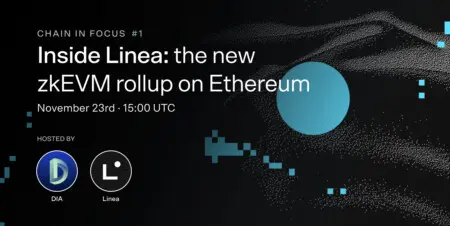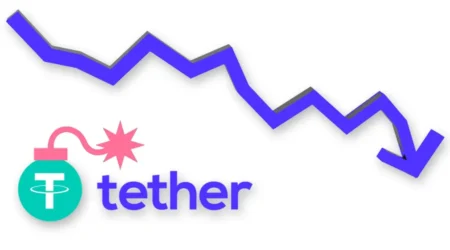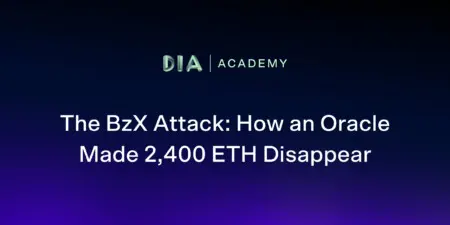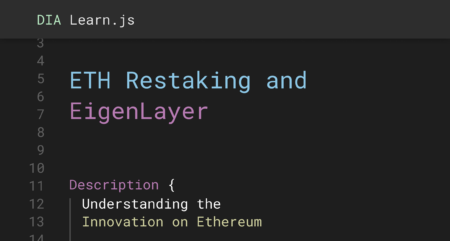Demystifying ERC-404: Bridging Fungible Tokens and NFTs
Exploring ERC-404: the token standard bridging fungible tokens and NFTs. Discover the potential of the ERC-404 token standard in the DeFi ecosystem.

The latest addition to the Ethereum ecosystem is the ERC-404 “token standard”, an experimental hybrid model that aims to bridge the gap between fungible tokens (such as ERC-20) and non-fungible tokens (NFTs like ERC-721). However, the standard is still experimental and has not undergone the official Ethereum Improvement Proposal (EIP) process. This blog post will delve into the essence of ERC-404, its first application through the Pandora project, and why its emergence could be a pivotal development for Ethereum.
What is the ERC-404 Token Standard?
The ERC-404 token standard is a novel approach that combines the fungibility of ERC-20 tokens with the uniqueness and collectibility of ERC-721 NFTs. This hybrid model allows for the creation of tokens that possess both qualities, offering new possibilities for digital asset ownership and trading. At its core, ERC-404 represents an experimental token standard developed by the Pandora team, aiming to merge fungible and non-fungible tokens on the Ethereum blockchain.
Features and Functionality of the ERC-404 Token Standard
The ERC-404 token standard inherits features from both the ERC-20 and ERC-721 tokens, making it a semi-fungible token. It introduces a native fractionalizing feature, addressing the limitations of existing token standards. For instance, it allows for the native fractionalization of NFTs, which was not possible with the ERC-721 standard. Additionally, it retains the ERC-721 rarity mechanism, enabling the sale of NFTs at any time, provided there is an Automated Market Maker (AMM) pool available for them.
| FEATURE / COMPATIBILITY | ERC-20 | ERC-721 | ERC-404 |
|---|---|---|---|
| FRACTIONALIZATION | ✓ YES | ✗ NO | ✓ YES |
| FT PROTOCOL
INTEROPERABILITY |
✗ NO | ✓ YES | ✓ YES |
| NATIVE LIQUIDITY | ✓ YES | ✗ NO | ✓ YES |
| ERC2O PROTOCOL INTEROPERABILITY |
✓ YES | ✗ NO | ✓ YES |
| NON-FUNGIBLE PROPERTIES | ✗ NO | ✓ YES | ✓ YES |
Projects and Market Adoption
Numerous projects have embraced the ERC-404 token standard, showcasing its unique attributes to pioneer innovative applications. Leading the pack is Pandora, the first collection to leverage ERC-404 tokens, which introduced a 10,000 NFT collection that has garnered significant market traction. Moreover, other notable collections and tokens, such as crystal_404 on Solana and Arbitrum, have substantially contributed to the burgeoning acceptance of the ERC-404 standard.
Pandora stands as the inaugural project to adopt the ERC-404 token standard, boasting a 10,000 NFT collection listed as a crypto token. Demonstrating remarkable market performance, its current price of $21,452.50 and a market cap of $215 million underscore its prominence. The project’s visibility spans across various platforms, including NFT marketplaces like OpenSea and Blur, as well as decentralized exchanges such as Uniswap. Further elevating its status, major exchanges like OKX and Binance have lent support to the ERC-404 token standard, amplifying its appeal.
Security and Considerations
It’s important to note that the ERC-404 standard is still experimental and has not undergone the official Ethereum Improvement Proposal (EIP) process. As such, projects built on this standard are unaudited, posing potential security risks, including the risk of financial loss. Therefore, users are advised to conduct thorough research and understand the associated risks before engaging with any ERC-404 project
This video provides a comprehensive overview of ERC-404 tokens, their use cases, and the challenges they present
Conclusion
The ERC-404 token standard, while innovative, has faced criticism, particularly regarding transaction fees and perceived inefficiency. In response to these drawbacks, a group of developers is on the verge of releasing an alternative implementation known as Divisible NFT, abbreviated as DN-404. The emergence of DN-404 as a competing vision for ERC-404 implementation sets the stage for an intriguing battle, leaving the crypto community to ponder: Is DN-404 better than ERC-404? This rivalry and its implications will be further explored in the upcoming topic.
FAQs on ERC-404
ERC-404 tokens act as a fungible token, like ERC-20 tokens, combining elements of ERC-20 and ERC-721 standards
No, ERC-404 tokens are experimental, not conforming to Ethereum ERC standards, and have not been audited against vulnerabilities, making trading highly speculative and risky.
ERC-404 tokens can be traded on NFT marketplaces like Opensea and Blur, as well as decentralized exchanges (DEX) such as Uniswap
ERC-404 transfers are not optimized for gas, resulting in a higher gas cost compared to regular ERC-721 NFT transactions, which has wider implications for the health of the Ethereum network as gas prices have become inflated
The first token to launch using the term ERC-404 was Pandora, with several other ERC-404 tokens subsequently introduced to capitalize on the growing popularity of this token standard







